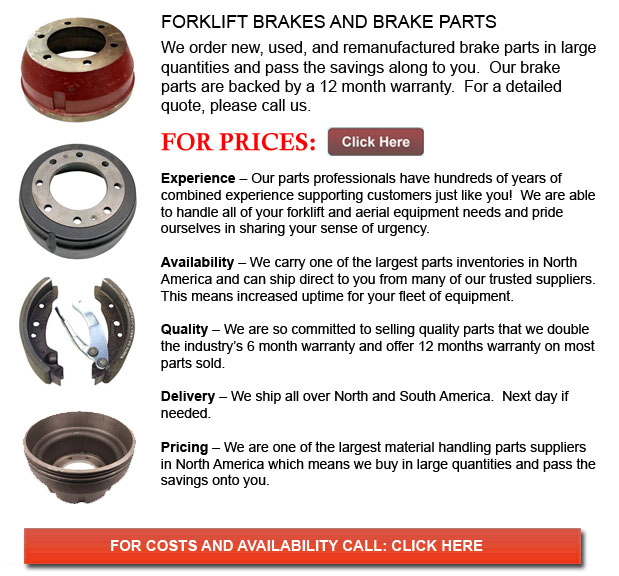
Forklift Brakes - A brake drum is where the friction is provided by the brake shoes or brake pads. The shoes or pads press up against the rotating brake drum. There are some various brake drums kinds along with particular specific differences. A "break drum" will normally refer to if either shoes or pads press onto the interior outside of the drum. A "clasp brake" is the term utilized to describe whenever shoes press against the exterior of the drum. Another type of brake, known as a "band brake" uses a flexible belt or band to wrap around the outside of the drum. Whenever the drum is pinched in between two shoes, it could be called a "pinch brake drum." Similar to a conventional disc brake, these kinds of brakes are somewhat uncommon.
Early brake drums, prior to the year 1995, required to be consistently modified so as to compensate for wear of the drum and shoe. "Low pedal" can cause the required modifications are not done satisfactorily. The vehicle could become dangerous and the brakes could become ineffective if low pedal is combined with brake fade.
There are different Self Adjusting Brake Systems presented, and they could be categorized within two main types, RAI and RAD. RAI systems have built-in equipments which prevent the systems to be able to recover when the brake is overheating. The most recognized RAI manufacturers are AP, Bendix, Lucas, and Bosch. The most famous RAD systems comprise AP, Bendix, Ford recovery systems and Volkswagen, VAG.
Self-repositioning brakes generally use a mechanism that engages just whenever the vehicle is being stopped from reverse motion. This stopping method is suitable for use where all wheels utilize brake drums. The majority of vehicles nowadays utilize disc brakes on the front wheels. By functioning only in reverse it is less likely that the brakes would be adjusted while hot and the brake drums are expanded. If adjusted while hot, "dragging brakes" could take place, which raises fuel consumption and accelerates wear. A ratchet mechanism that becomes engaged as the hand brake is set is another way the self adjusting brakes could function. This means is only appropriate in functions where rear brake drums are used. When the emergency or parking brake actuator lever goes over a certain amount of travel, the ratchet developments an adjuster screw and the brake shoes move toward the drum.
There is a manual adjustment knob located at the base of the drum. It is typically adjusted via a hole on the other side of the wheel and this requires getting beneath the forklift utilizing a flathead screwdriver. It is of utmost importance to move the click wheel properly and tweak each and every wheel equally. If unequal adjustment occurs, the vehicle could pull to one side during heavy braking. The most efficient method to make sure this tiresome job is done carefully is to either raise every wheel off the ground and hand spin it while measuring how much force it takes and feeling if the shoes are dragging, or give every\each and every one the same amount of manual clicks and then do a road test.
![]() Click to Download the pdf
Click to Download the pdf
Forklift Parts
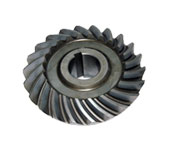
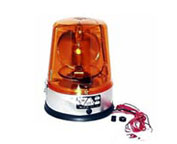
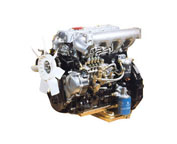
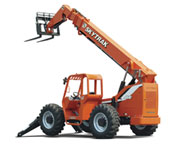
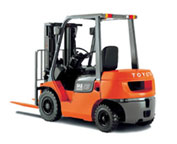
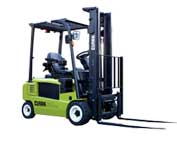
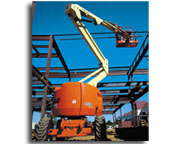
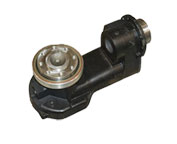
Lift Parts Express
TOLL FREE: 1-888-695-7994
Gulfport, Mississippi
forkliftpartsgulfport.com
Email Us
About Us


